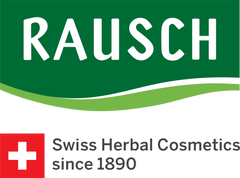Sea buckthorn | What's that?

Scientific name: Hippophae rhamnoides L.
Family: Oleaster family (Elaeagnaceae)
Origin: Europe, Middle East
Botany: Sea buckthorn is one of the few plants that thrives on sand dunes. However, this hardy shrub can also be found in mountainous regions, on the banks of streams and, of course, in gardens. It can grow to heights of 1–6 m.
Harvest time: August to December
Parts of the plant used: Berries, seeds
What makes this plant so special
With its narrow, silvery leaves and bright orange fruit, sea buckthorn is a very attractive plant. The berries have a sour taste and contain a small seed.
Use
Sea buckthorn berries are bursting with vitamins and can help counter vitamin deficiencies and their effects. The berries can be ingested as a juice or prepared in other ways. Sea buckthorn juices and spreads can be consumed to boost general well-being or if higher vitamin levels are needed.
Cosmetic properties
A rich oil can be extracted from the seeds, which is used to treat chronic skin conditions and acne in Russian medicine. It is also used for treating wounds thanks to its antibacterial properties. The oil extracted from the flesh of the fruit is also thought to help heal skin damaged by radiation.
Sea buckthorn oil is also a popular ingredient in cosmetics. Its combination of vitamin E and provitamin A binds free radicals and protects the skin from sun, wind and dry conditions. The oil promotes skin regeneration and is thus also thought to help combat skin ageing. It restores elasticity to dry, cracked skin.
Sea buckthorn can also be used to prevent dry or red eyes, as well as for treating skin blemishes and itching.
